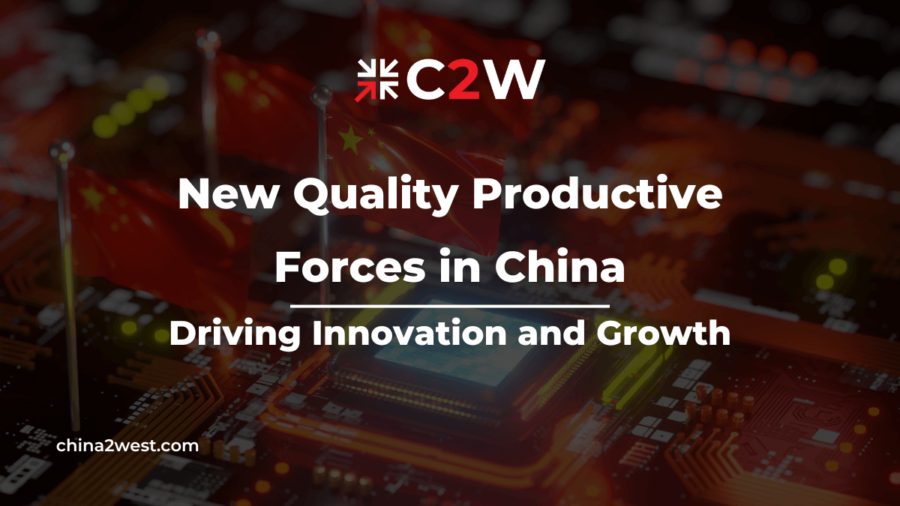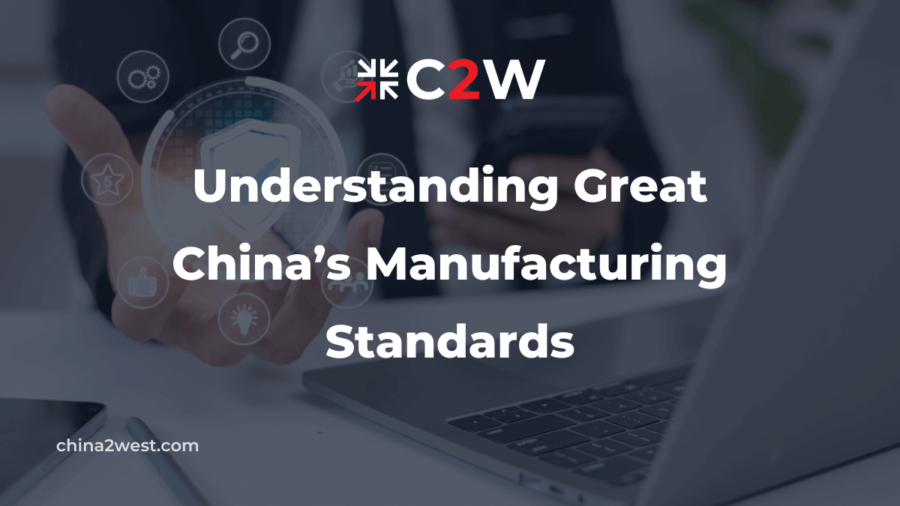China has long been acknowledged as the global epicenter of manufacturing, a reputation solidified by its immense industrial output over decades. However, recent developments indicate a profound shift in this paradigm. China is increasingly asserting itself as a pioneer in technological advancement and the production of high-quality goods. This shift is driven by new productive forces that are reshaping China’s economic landscape. Let’s explore these forces and their implications.
Introducing New Quality Productive Forces
The term “new quality productive forces” was first introduced by President Xi Jinping during his inspection tour of Heilongjiang Province in September 2023. This concept was brought forward to emphasize the importance of promoting manufacturing and innovation within the Chinese economy. Essentially, new quality productive forces represent a shift towards advanced productivity, moving away from traditional economic growth models and outdated productivity development paths.
There are three features of the new quality productive forces:
- High technology
- High efficiency
- High quality
In simple words, new quality productive forces cover emerging industries such as information technology, new energy and high-end equipment as well as future industries. It is characterized by the rapid emergence of new industries, new business formats and new models, thereby building new social production relations and social institutional systems.
The concept of new quality productive forces gained significant attention in China following the Two Sessions, the annual political event where major policy announcements and legislative amendments are made. It was prominently included in the 2024 Chinese government work report, underscoring its importance as a priority among the major tasks for the year.
How to Speed up the Formation of New Productive Forces?
Speeding up the formation of new productive forces involves a multifaceted approach encompassing technological advancement, policy measures, organizational strategies, and investment in human capital. Here are some key strategies to consider:
Pursuing Key Technological Breakthroughs
Advanced technology drives new productive forces. Focus on fundamental research, enhance capabilities in essential components and software, and boost core technologies and original innovation. Optimize coordination of scientific resources and build an innovation system involving national labs, top research institutes, universities, and leading enterprises. Align innovation with industrial needs to enhance supply and innovation capabilities, pushing industries up the global value chain.
Fostering Innovation
To cultivate a vibrant and dynamic technological landscape, establishing innovation hubs and technology parks is essential. These centers act as breeding grounds for cutting-edge ideas and collaboration. Supporting startups through incubators and accelerators is also crucial, as these platforms provide vital resources and mentorship to transform ideas into successful ventures. Additionally, protecting intellectual property rights is key to encouraging creativity and investment, ensuring inventors and entrepreneurs feel secure in sharing and developing their groundbreaking concepts.
Enhance Collaboration
Driving innovation and economic growth requires fostering partnerships between the public and private sectors, encouraging cross-border collaborations, and promoting international partnerships. Strengthening industry-academia linkages for effective knowledge transfer is also vital. These strategies create a dynamic ecosystem where resources, expertise, and opportunities are shared, leading to sustainable development and global competitiveness.
Developing Strategic Emerging Industries
Using advanced technology to develop strategic emerging and future industries empowers modern sectors. Key areas of focus include general AI and the metaverse, where nurturing leading enterprises and research institutions can accelerate the application of new technologies. Maintaining enterprises’ role in innovation, expediting technology commercialization, and fostering high-tech industries are essential for leading new productive forces. Continuously improving the innovation ecosystem through reforms in scientific and technological systems is also necessary.
Cultivating Innovative Talents
Reforming talent systems to support specialized, long-term, and diverse evaluations, especially in frontier technology fields, is crucial. Strengthening collaboration between universities, vocational schools, and enterprises integrates research, technology transfer, and industrial innovation. Offering continuous learning and upskilling programs ensures the workforce stays updated with new technologies and methodologies.
What Impact Will New Quality Productive Forces Have on Future Life?
The integration of new quality productive forces in China is poised to significantly influence daily life, manifesting in enhanced efficiency, smarter living environments, and more sustainable lifestyle options. As these forces drive advancements in technology and manufacturing, consumers can expect a surge in access to high-quality, innovative products that cater to a broad range of needs and preferences. From smart homes equipped with AI-driven utilities to environmentally friendly vehicles and appliances, the emphasis on innovation will permeate various aspects of consumer life, offering unprecedented convenience and reducing ecological footprints.
Moreover, the emphasis on green manufacturing processes and sustainable development is likely to accelerate the transition to a more eco-conscious society. This shift will not only contribute to global efforts against climate change but also promote healthier living conditions through reduced pollution and conservation of natural resources. As China continues to harness these productive forces, the ripple effects will be felt worldwide, influencing global trends towards sustainable living and technological integration in everyday life. The transformative impact of these developments on future life extends beyond mere technological advancements, heralding a new era of sustainability, efficiency, and enhanced quality of life.
Embrace Innovation with China 2 West
The narrative of China as merely a global manufacturing hub is being transformed by its strategic embrace of new productive forces. Through technological innovation, government support, and a strong shift towards sustainable practices, China is paving the way for a brighter economic future. This not only benefits its domestic economy but also sets new standards for global markets.
Interested in exploring how China’s innovative practices can benefit your business or looking to move your production line to China? Contact us today to learn more about the opportunities and partnerships that await you in this new era of growth and innovation.


